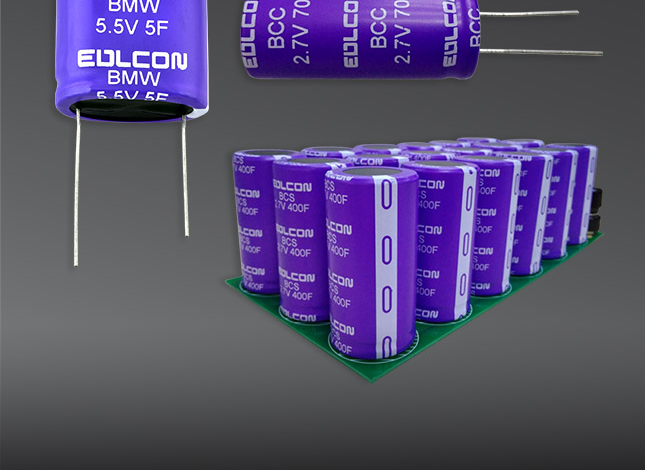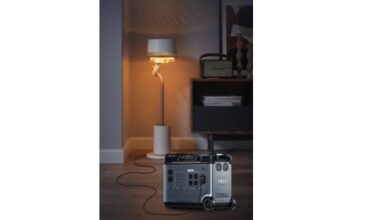What Are The Different Types Of Supercapacitors, And Their Importance?

The electric double-layer capacitor is a new kind of supercapacitor that supercharges the power capacity and can hold the charge for longer than traditional rechargeable batteries. Find out more about this type of supercapacitor, what it does, and its importance in technology.
What are Supercapacitors?
Supercapacitors are electronic devices that can store a large amount of energy in a short period. They are important because they can be used to electric power vehicles, sensors, and other devices.
Three main types of supercapacitors in Beryl
Solid State Supercapacitors:
Solid state supercapacitors are the most common type and use a solid material to store energy. They are usually smaller than other types but have the advantage of being able to hold a lot of energy. This is why they are often used in electric vehicles.
Liquid State Supercapacitors:
Liquid state supercapacitors use a liquid material to store energy, larger than solid-state supercars, and can hold more energy. This is why they are used in applications where large amounts of power need to be stored quickly, such as in electric batteries.
Hybrid Supercapacitors:
Hybrid supercars use both a solid and liquid material to store energy, allowing them to have the advantages of both types of super caps. They are also larger than either type of supercar and can hold more energy than either type.
Why Are They Important for Energy Storage Devices?
Supercapacitors are an important class of energy storage devices that can be used to smooth out intermittent power issues. In addition, they can also be used to provide quick bursts of power when needed. They are also becoming increasingly popular for applications such as electric vehicles, wearable electronics, and home energy storage systems.
Here is a look at the different types of supercapacitors and their benefits:
Wet supercapacitors: these are capacitors that use liquid electrolytes. They have high capacitance (the ability to store a large amount of electricity) and low discharge rates (the ability to release electricity slowly). This makes them good for applications where you need a lot of voltage and small amounts of current, such as in electric vehicles.
Dry supercapacitors: these are capacitors that use solid electrolytes. They have lower capacitance than wet supercapacitors but higher discharge rates. This makes them better suited for applications that need quick bursts of power, such as in electric vehicles or home energy storage systems.
Hybrid supercapacitors: these are a combination of wet and dry supercapacitors. This allows them to have the best of both worlds – high capacitance and fast discharge rates.



